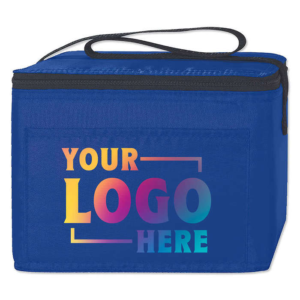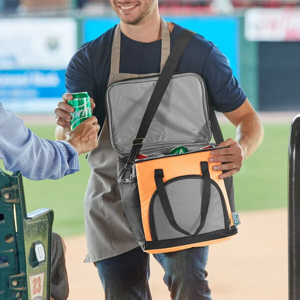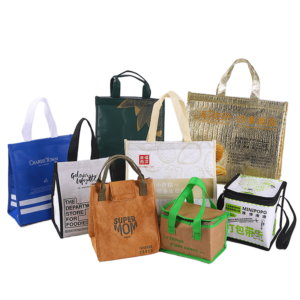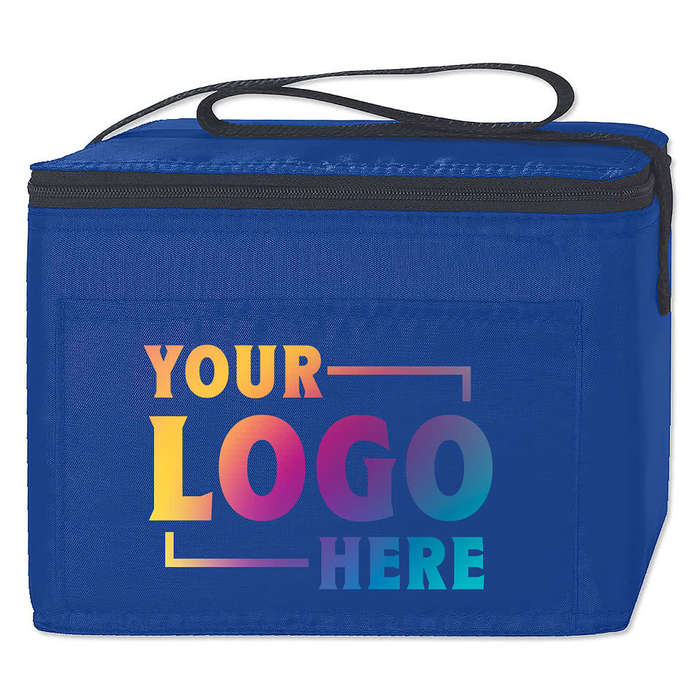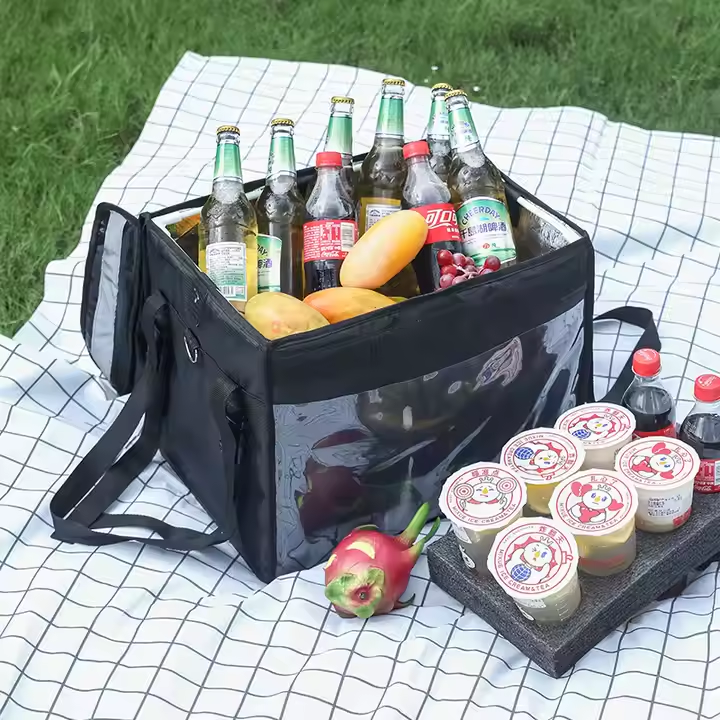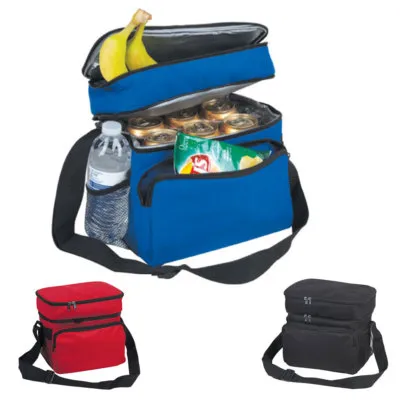
Plastic waste is choking the planet. Customers need eco-friendly solutions that work. Non-woven bags might be one of the best options available.
Non-woven bags are durable, reusable, and made with less pollution than plastic bags. They help reduce single-use waste and carbon emissions.
More and more businesses are switching to non-woven bags. Why? Because they reduce waste and support sustainable growth. Let’s dig into the benefits.
What are the advantages of non-woven bags?
Non-woven bags are lightweight, reusable, and cost-effective. Many businesses use them for branding and promotions without hurting the planet.
Non-woven bags are strong, affordable, and customizable, making them ideal for bulk use in retail and promotions.

The Real Strength Behind Non-Woven Bags
Non-woven bags aren’t just trendy—they’re practical. I’ve worked with large supermarket buyers who need bags that last and look good. Unlike plastic bags, non-woven bags don’t tear easily. They carry more weight and can be used again and again.
When our clients order in bulk, they care about price, logo quality, and bag size. Non-woven bags deliver all three. Plus, they can be laminated for a glossy finish or left uncoated for a more natural feel. You can print in multiple colors, which is perfect for brand exposure.
Comparison Table: Non-Woven vs Plastic vs Paper Bags
| Feature | Non-Woven Bags | Plastic Bags | Paper Bags |
|---|---|---|---|
| Reusability | High (50+ uses) | Very Low | Moderate |
| Strength | Very Strong | Weak | Moderate |
| Water Resistance | Good | Excellent | Poor |
| Custom Printing | Easy and Vibrant | Limited | Expensive |
| Eco-Friendly Score | High | Very Low | Moderate |
| Cost per Unit (bulk) | Low | Very Low | High |
Non-woven bags offer the best mix of strength, eco-friendliness, and branding power.
How can non-woven fabrics help the environment?
The growing waste problem calls for real solutions. Non-woven fabrics cut down pollution and replace single-use plastic.
Non-woven fabrics reduce waste, use less energy during production, and release fewer toxins than plastic or paper.

How Non-Woven Bags Make a Real Impact
When made from polypropylene, non-woven bags require much less energy than producing plastic bags. They’re also recyclable and reusable, which means fewer bags end up in landfills. Some clients ask me, “But is it really better than paper?” I always say yes—because making paper bags burns more energy and cuts down trees.
Here’s what makes non-woven fabric special:
- It doesn't break down into harmful microplastics.
- It biodegrades faster than traditional plastic.
- It can be reused more than 50 times.
In my factory, we recycle our production scraps. We also help customers choose bag designs that reduce waste. For example, we recommend single-color prints or unlaminated options when sustainability is the top goal.
Environmental Metrics of Non-Woven Fabric
| Impact Area | Non-Woven Fabric | Plastic | Paper |
|---|---|---|---|
| CO2 Emissions | Low | High | Medium |
| Water Usage | Low | Low | Very High |
| Recyclability | High | Very Low | Medium |
| Decomposition Time | ~5 years | 500+ years | 1-3 months |
| Production Waste | Low | High | Medium |
The numbers are clear: non-woven fabric is one of the better choices for the planet.
Are non-woven bags eco-friendly?
Yes. They are one of the top eco-friendly choices in the market today, especially for companies that want sustainable branding.
Non-woven bags are reusable, recyclable, and produce fewer emissions than traditional plastic or paper bags.
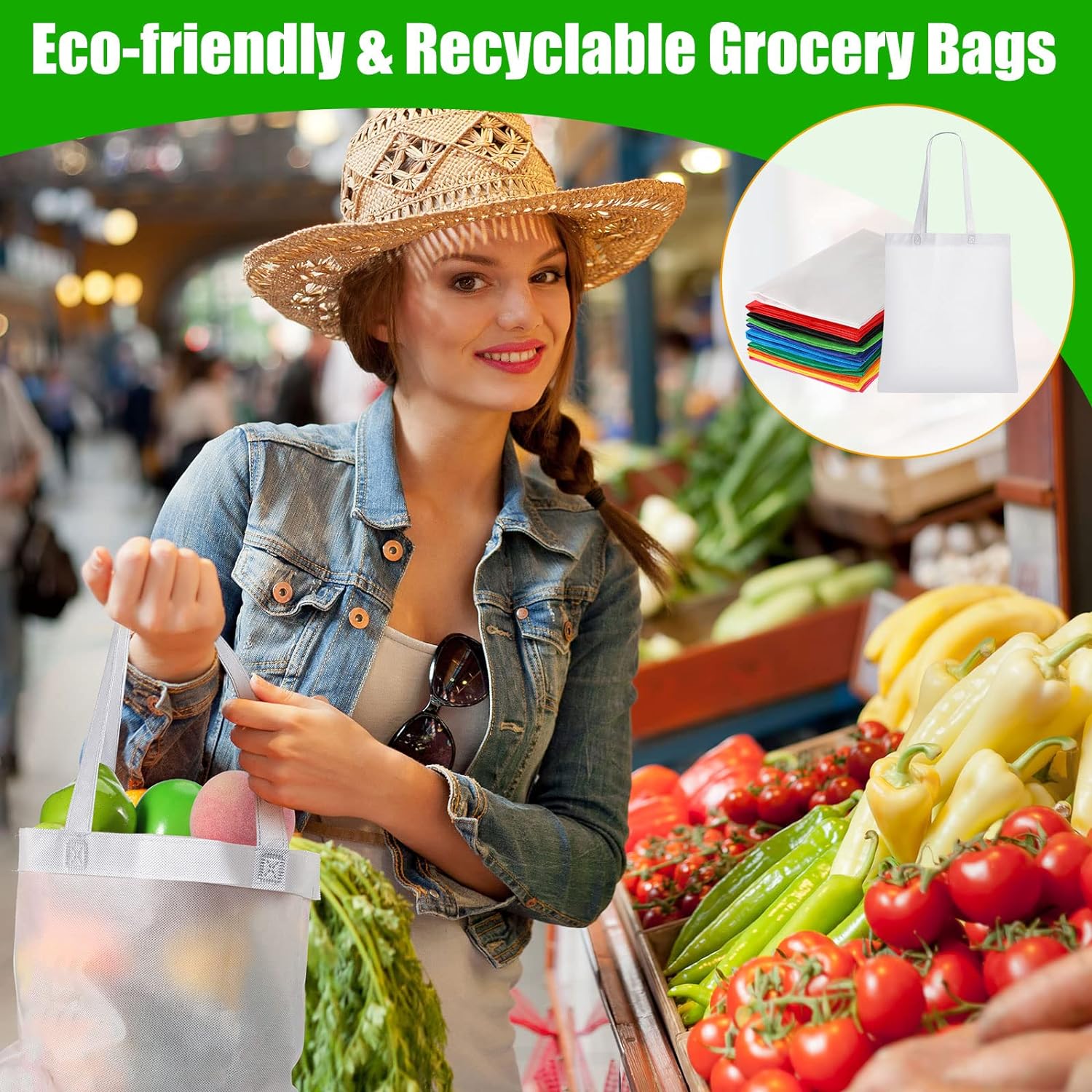
Real Sustainability or Greenwashing?
Buyers often ask me: “Are these bags really green?” The answer depends on how they’re used. If someone uses a non-woven bag once and throws it away, then it’s not eco-friendly. But if the same bag is reused dozens of times? That makes a huge difference.
Here are the eco-friendly traits I highlight to customers:
- Reusable: Clients in Japan and Europe reuse bags over 50 times.
- Recyclable: We offer bags made with up to 100% recycled materials.
- Low-carbon production: Our machines use less energy, especially with large-scale orders.
Some governments are even pushing retailers to use non-woven bags. This trend helps cut down on single-use plastics and improves public image.
Eco-Friendly Comparison: One-Time vs Long-Term Use
| Usage Type | Environmental Impact |
|---|---|
| Single-use Plastic | Very High (worst choice) |
| Single-use Paper | Medium |
| Reused Non-Woven | Very Low (best choice) |
Using non-woven bags the right way makes them a green choice for modern businesses.
Which type of bag is best for the environment?
Bags made from non-woven polypropylene are among the best choices today because of their durability and sustainability.
Reusable non-woven polypropylene bags have one of the lowest environmental footprints across their full life cycle.
How to Pick the Right Eco-Friendly Bag
There’s no perfect bag—but there is a better one. I’ve helped companies choose between dozens of materials. Most of them care about cost, image, and sustainability. Non-woven polypropylene bags check all three boxes.
I’ve seen companies switch from kraft paper bags to non-woven bags because they saved money and got better branding results. Others dropped plastic because of regulation changes in their country. In both cases, they didn’t just make a smart choice—they made a greener one.
Here’s how to compare:
Material Lifecycle Assessment
| Material Type | Pros | Cons |
|---|---|---|
| Non-Woven Polypropylene | Reusable, recyclable, cheap | Needs proper reuse |
| Cotton | Natural, biodegradable | Expensive, water-intensive |
| Kraft Paper | Biodegradable | Weak, expensive |
| Plastic | Cheap | Polluting, banned in many places |
Non-woven bags win when reused often. They balance function and eco-performance better than any other option I’ve worked with.
Conclusion
Non-woven bags are strong, affordable, and eco-friendly. They help businesses reduce waste while promoting their brand effectively.


